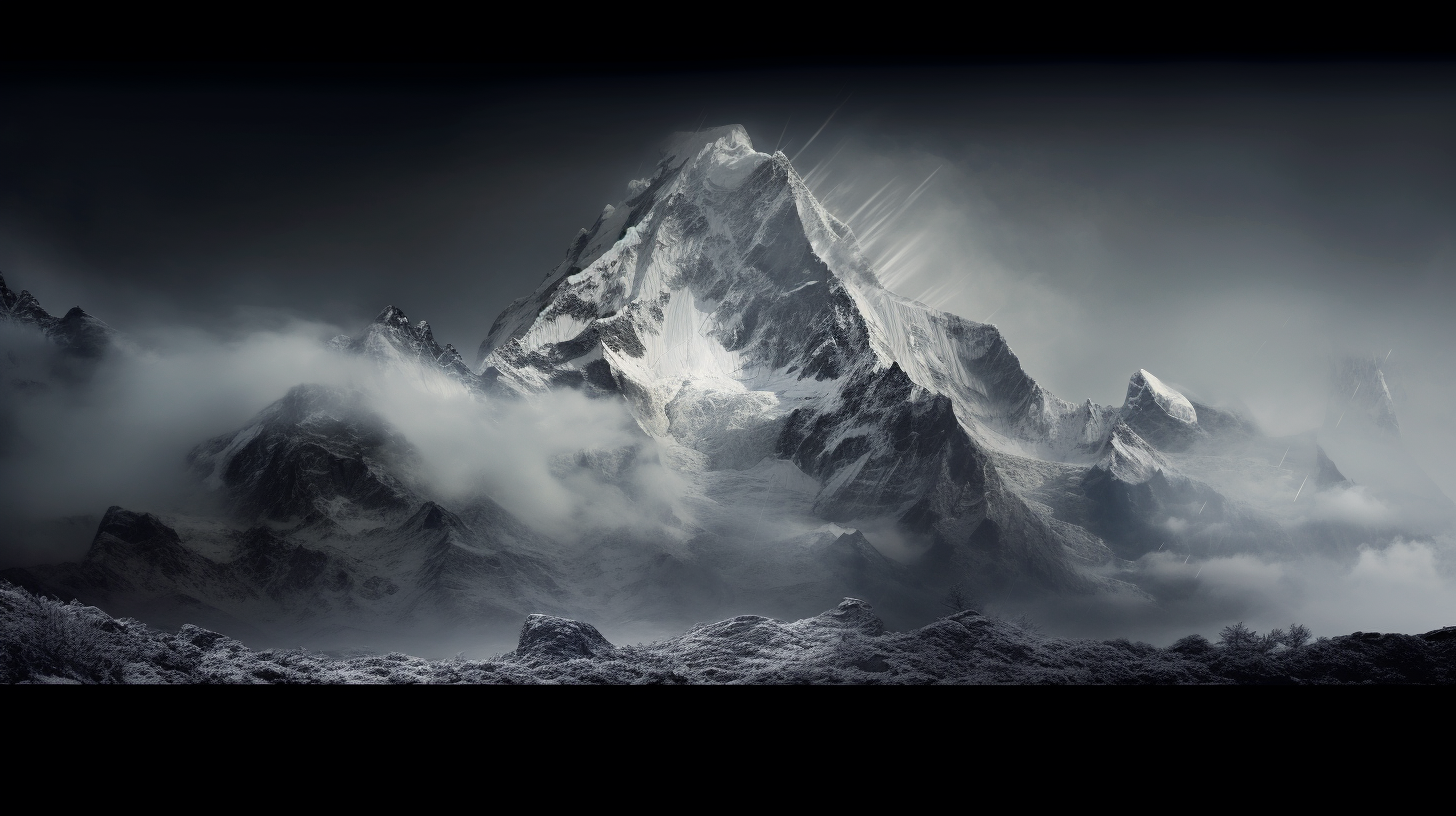In an age where the relentless march of humanity leaves an indelible scar upon the earth, our once-majestic mountains have not been spared. The phenomenon of Phantom Peaks, a term as ethereal as the missing specters it denotes, has become a somber reality. These were once towering monuments of nature’s grandeur, now reduced to mere memories in the minds of the old and lines on the faded maps of antiquity.
Environmental neglect and the unquenchable thirst for resources have led to the literal disappearance of entire mountain ranges. Through a combination of aggressive mining and quarrying, natural erosion accelerated by deforestation, and the destabilizing effects of climate change, peaks that once cleaved the sky now bow down to human greed.
“Our grandparents spoke of titanic stone giants casting dappled shadows over lush valleys. Now, only the sun scorches this barren wasteland,” laments a local of a community that once nestled in the foothills of what was the grand Rosenburg Range. The Phantom Peak Phenomenon, as environmental historians have termed it, might sound like science fiction, yet the consequences are far from fictional.
Dust-bowl conditions, loss of biodiversity, and shattered ecosystems are what remain. The wildflowers, the alpine streams brimming with life, the ecosystem that contributed to clean air and water — all are gone. Displaced communities, deprived of their natural protectors, now face an onslaught of unpredictable weather patterns and harsh economic realities. The mountains yanked away not just the landscape’s soul but the essence of human and animal existence that relied on it.
Reports indicate the frequency of devastating landslides in these areas has increased tenfold, as the skeletal remains of the mountains can no longer bear the seasonal rains. Villages that thrived on mountain tourism are ghost towns, their economies and identities hollowed out. Tales of these ‘Phantom Peaks’ read like a dystopian fable, beguiling yet grim: a world where children learn of snow-capped mountains exclusively through screens, their contours and ridges relegated to digital code.
The question lingers in the dusty air – how could we allow this to happen? Scientists have been sounding alarms for decades, yet the symphony of nature’s dissolution plays on. Economists have made a poignant observation by stating, “We have traded irreplaceable ecological wealth for short-term profit, invested in the engines of our own destruction.”
Yet, this is not merely a tale of loss and negligence. It serves as a stark mirror reflecting the fracturing of our own moral compass. As we trace the outlines of these Phantom Peaks, we uncover not just the consequences of rampant environmental degradation but also an introspective psychological inquiry into the collective conscience of society.
Modern folklore has since woven these missing mountains into a tapestry of cautionary tales, where they exist as spectral legends in the hushed whispers of the wind. The haunting refrain of the groaning earth beneath our feet serves as the ominous chorus of this melancholy ballad. The irony of the situation is palpable — in our pursuit to climb to new heights of progress, we have instead flattened them to nonexistence.
The story of our vanishing peaks is a grim testament to human folly. But even as we peer into this abyss of despair, we must not miss the glimmer of resolve that such tragedies ignite. It is a somber reminder that the very fabric of the world is at the mercy of our actions.
As we stand at the crossroads of reflection and action, we must ponder — will we continue to chronicle the annals of our ‘Phantom Peaks’, or shall we strive to ensure that what remains of our planet’s splendors do not fade into the same wistful lore? The future of our mountains, and indeed our very survival, hangs in the delicate balance of the choices we make today.
